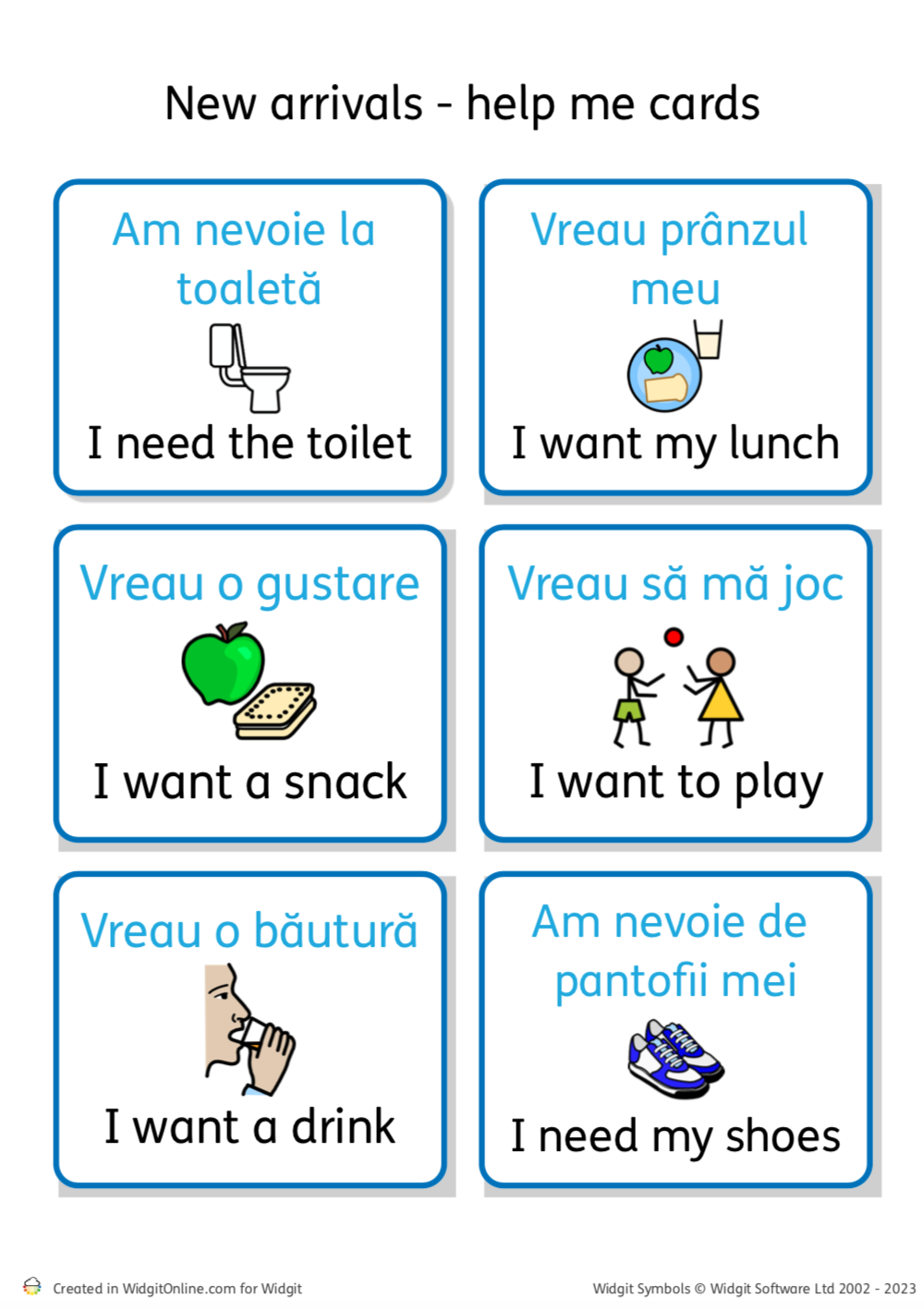Schools need to support EAL children to help them feel valued and engaged in the lesson alongside their peers, with an ability to play their part in the school community
There are 1.6 million children in our schools who speak English as an additional language (EAL), according to the most recent figures from the DfE. At the start of the 2022/23 school year, more than 20,000 children from Ukraine were provided with school places too.
Here, Maria Sadler, year 6 teacher, modern foreign languages coordinator and wellbeing lead at St Andrew’s Church School in Somerset, shares effective strategies for supporting children who speak English as an additional language.
The support provided by local authorities and schools to these children and their families in the first few weeks and months is crucial for ensuring they can access the curriculum, make friends and thrive in education.
Below are some effective strategies schools can introduce to help all pupils with EAL get off to a flying start and continue to make good progress in their learning.
Creating an inclusive learning environment
It’s important for schools to be able to introduce measures for supporting pupils with EAL that help them to maximise both staff time and budgets.
We’ve been resourceful in finding ways in-house to help our EAL and Ukrainian pupils to settle in by creating an environment where it’s the norm, rather than the exception, for everyone to see and learn about different languages.
The corridors and classrooms across the school include dual language displays of curriculum topics, school trips, and classroom projects. But with 21 different languages spoken by the children, it’s essential to provide targeted support too.
Making good use of visual language
A child who has not yet developed a full grasp of English will find interpreting both written and verbal instructions a challenge. This can impact almost every area of school life, from engaging in classroom tasks and discussions to getting their lunch or finding their way around school.
For refugee children, the frustration of not understanding what is going on in class only adds to the stress they may have already experienced, leaving their home countries and loved ones to escape war or conflict.
For the past year, we’ve been keen adopters of a symbolic language system from Widgit, which provides a springboard to help EAL children develop the written and spoken English they need to participate in school life. Simple icons and images are introduced in symbolic form to represent vocabulary, which removes the anguish many children can feel in an unfamiliar English language school.
Created originally to support children with special educational needs, symbols have become vital for building vocabulary and developing literacy across our school. We have found what works for SEN children generally works effectively for all pupils.
Communication and learning
Symbols help children communicate in other ways too. They can be used to express emotions, such as worry or sadness. A child can even use a symbol to indicate to their teacher that they need the toilet by pointing to the relevant image displayed in a classroom.
Teachers in our school use symbols regularly to provide children with feedback on their work or participation in an activity. This can be as simple or as complex as any other language with verbs, adjectives, nouns and all the essentials required to aid understanding.
I have a bright Ukrainian pupil in my class to whom I wanted to give constructive feedback, but the language barrier made it difficult for him to understand exactly what was required to move his learning forward.
Using symbols helped me explain in a visual way how to build his knowledge of the topics, and he can now work independently.
I also like to pre-teach words and phrases to introduce new topics before a lesson using symbols. So, I might point to the symbols for ‘sun’, ‘rain’ and a farmer’s field to demonstrate how important the weather is for growing healthy vegetables.
I might share symbols for relevant language related to a topic in advance too. A phrase like ‘sabre-toothed tigers roamed’ is a lot easier to explain using images and will be much more easily understood by those children who may not yet be familiar with the written or spoken words.
Even if a child can’t read or they have limited language development, they can still contribute by pointing to the symbols.
By supporting EAL children in this way, they will be more likely to feel valued, engaged in the lesson alongside their peers and able to play their part in the school community.
This piece was written by Maria Sadler, year 6 teacher, modern foreign languages coordinator and wellbeing lead at St Andrew’s Church School.











